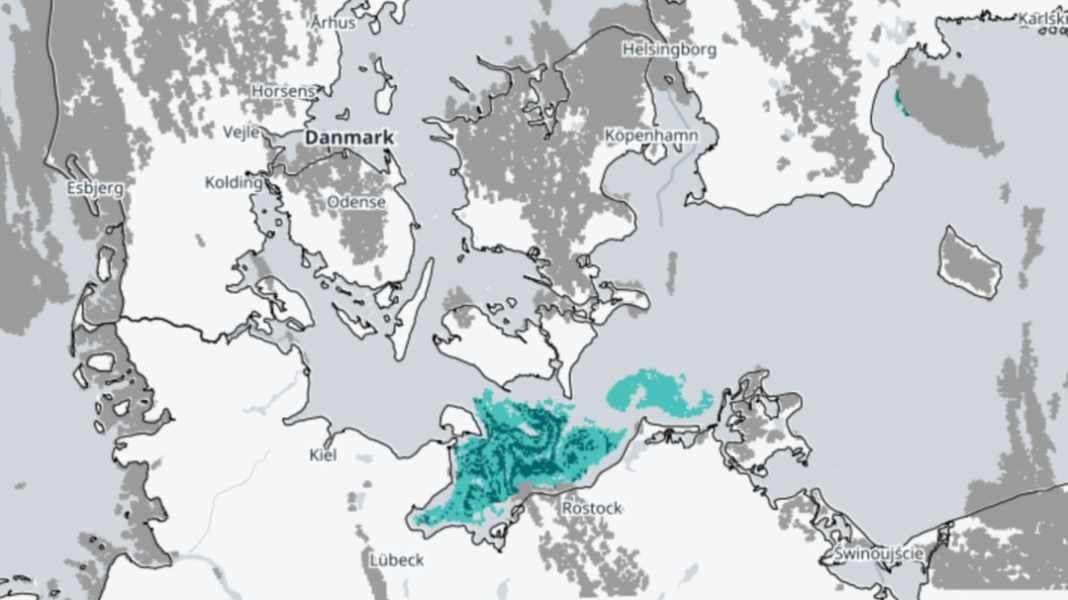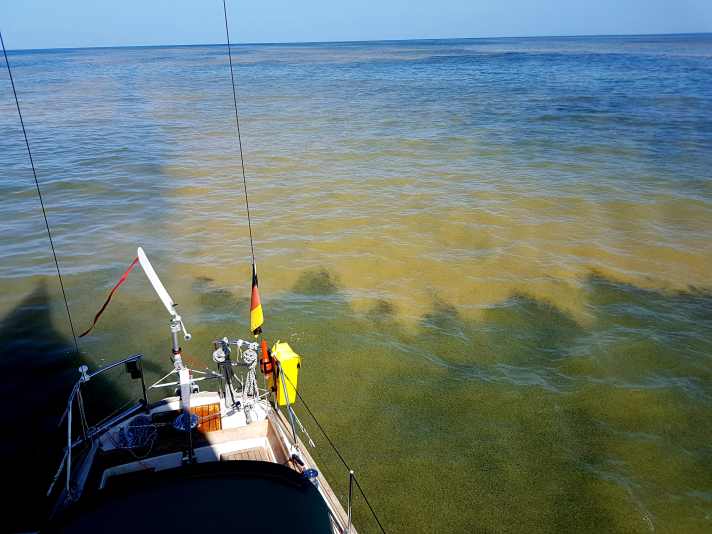Blue-green algae: Algal bloom also affects the German Baltic Sea coast

Bathing bans in Großenbrode, Süssau and on the Baltic Sea coast as well as in bathing lakes in Mecklenburg-Western Pomerania: the algae bloom is back in Germany. The persistently high temperatures are fuelling the current proliferation in coastal regions. The blue-green algae line the beaches and are not entirely harmless to humans and animals.
Gustaf Lind from WWF in Sweden also emphasises: "As we have not reversed the trend in emissions, the algal blooms are returning every year." These recurring blooms clearly indicate an imbalance in the Baltic Sea ecosystem. In order to achieve a long-term improvement, both agricultural practices and industrial emissions must be changed sustainably. This is the only way we can protect the fragile ecosystem of the Baltic Sea and protect future generations from the negative consequences.
Causes of algal bloom
Algal blooms are a common phenomenon in lakes and seas, but they become problematic when they occur on a large scale and quickly. This is due to the fact that large quantities of plant nutrients from agriculture flow into the water bodies. This is also referred to as eutrophication. According to the World Wildlife Fund, nitrogen emissions in the Baltic Sea are increasing, which is one of the factors behind eutrophication. This is largely due to emissions from land-based activities. In Sweden, as in most other neighbouring countries, agriculture is the largest source of nutrient inputs, but sewage treatment plants, industry and private sewers also have an impact.

Effects of blue-green algae on humans and the environment
Strictly speaking, blue-green algae are cyanobacteria. They occur naturally both in the central Baltic Sea and in inland waters. Due to the heavy over-fertilisation of the Baltic Sea, the bacteria multiply en masse at high temperatures, resulting in the observed carpets. The algae often look like a greenish-yellow soup or a blue-green thread-like mass. During the bloom, toxins are sometimes formed which can remain for several days. The dead algae then sink to the sea floor; as they decompose, all the oxygen in the water is consumed - creating so-called dead zones where virtually no living organisms can be found.
On the surface, blue-green algae can be toxic to both humans and animals. They bloom when the water is at its warmest and there is little wind. How they spread depends on ocean currents, light, water temperature, winds and nutrient inputs. In the course of climate change, algal blooms are expected to occur more frequently, become more intense and spread to other lakes and seas such as the Baltic Sea.
Algae blooms: a fascinating natural phenomenon
Despite their negative effects, algal blooms can also produce something beautiful. On the Swedish west coast, sea glow can be observed unusually early this year. The luminous algae responsible for this can be seen as small flashes of light; when they appear en masse, they produce a greenish-yellow glow. Sweden's Katarina Finneng has captured a particularly beautiful example in a video.
At this point, you will find external content that complements the article. You can display and hide it with a click.
During the day, the algae cells are salmon pink and can discolour the water. This phenomenon is called "red tide". Red tides occur on coasts as soon as the microalgae multiply explosively and colour large areas red using one of their pigments. At the same time, large quantities of foam are often found in the sea bed, which is caused by the bloom of the so-called foam algae, Noctiluca miliarisis the cause. This can release large quantities of ammonium, which is dangerous for fish. The algae are harmless to humans.
Precautionary measures for sailors during algal blooms
However, contact with contaminated water can lead to skin irritation, eye complaints, nausea and diarrhoea. Sailors should therefore also be particularly careful when jumping into the cool water.
To avoid health problems caused by the algal bloom:
- Do not swim in discoloured water or in areas with visible algae accumulation.
- Do not allow pets to swim in or drink from such areas.
- Follow the recommendations of local authorities regarding water quality.
- Keep small children away from affected waters.
- Shower thoroughly after swimming.

